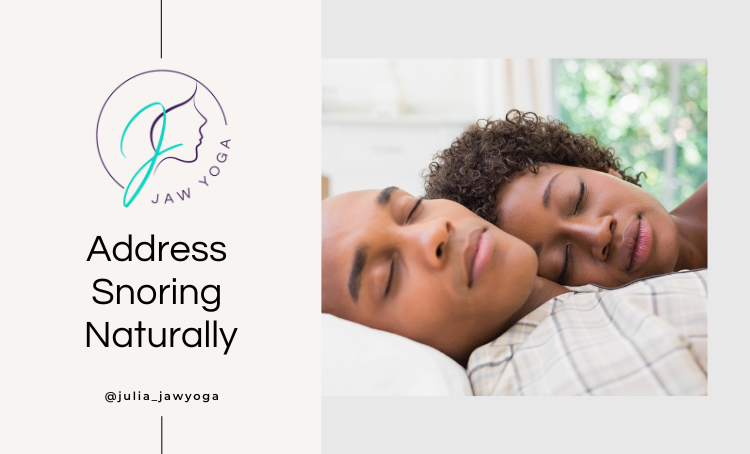According to the American Academy of Dental Sleep Medicine (AADSM), 40% of men, 24% of women, and even 10-12% of children snore regularly.
Snoring is often regarded as a harmless common issue that, while annoying to the bed partner, poses no significant health risks. However, this is a misconception. Why is that?
When sound levels reach a constant 60 decibels, stress reactions occur during sleep, and loud snoring can even reach up to 80 decibels. This stress affects not only the snorer but also the bed partner. Moreover, what starts as ordinary snoring can progress to obstructive sleep apnea, whose harmful health effects are well-documented. Unlike obstructive sleep apnea, "normal" snoring does not cause oxygen drops due to breathing interruptions (apneas). These interruptions typically result from the relaxation of the tongue and throat muscles, leading to a brief, partial, or complete blockage of the upper airways. These apneas lower blood oxygen levels and disrupt sleep quality by causing frequent arousals. This can happen up to 10 times per hour for at least 10 seconds each time.
The Natural Approach to Snoring
Dr. Engelke's studies highlight the significant roles of the tongue and breathing in the development of snoring sounds. Therefore, my approach to snoring therapy focuses on the natural position of the tongue and healthy breathing patterns. Especially for "all-position snorers"—people who snore in any position and at all times—this method has yielded excellent results, even confirmed in sleep studies.
Why Snoring Should Not Be Ignored
While snoring might seem like just a nuisance, it has deeper implications for health. At high sound levels, the body reacts to the disturbance, causing stress that can affect overall well-being. The potential progression from snoring to sleep apnea means that untreated snoring can lead to serious health problems over time, including cardiovascular issues, daytime fatigue, and cognitive impairment.
Key Factors in Snoring
1. Tongue Position: A critical element in managing snoring is ensuring that the tongue maintains a natural, healthy position. When the tongue falls back into the throat during sleep, it can block the airway, leading to snoring.
2. Breathing Patterns: Healthy breathing habits are essential. Mouth breathing, especially, can exacerbate snoring. Encouraging nasal breathing helps keep the airway open and reduces the likelihood of snoring.
Effective Strategies
1. Jaw Yoga and Tongue Exercises: Incorporating exercises that strengthen the jaw and tongue muscles can help maintain an open airway during sleep. These exercises focus on promoting the natural resting position of the tongue and enhancing muscle tone.
2. Breathing Techniques: Learning and practicing proper breathing techniques can significantly reduce snoring. Techniques that promote nasal breathing and improve overall respiratory function are particularly beneficial.
3. Sleep Position: Adjusting sleep positions can also help. Elevating the head or sleeping on the side rather than the back can reduce the likelihood of the tongue blocking the airway.
Conclusion
Snoring is more than just a nighttime annoyance; it can be a sign of underlying health issues that need addressing. By focusing on natural methods like improving tongue position and breathing habits, it's possible to reduce snoring and its associated risks significantly. If you or your partner are struggling with snoring, consider exploring these natural approaches for a better, healthier night's sleep.
Julia Reindl
jaw-yoga.com
Hinweis: Die Informationen auf diesen Seiten dienen nicht der Diagnosestellung und geben keine Heilversprechen.




